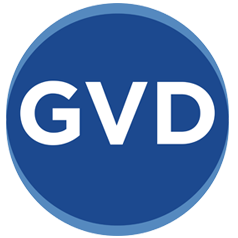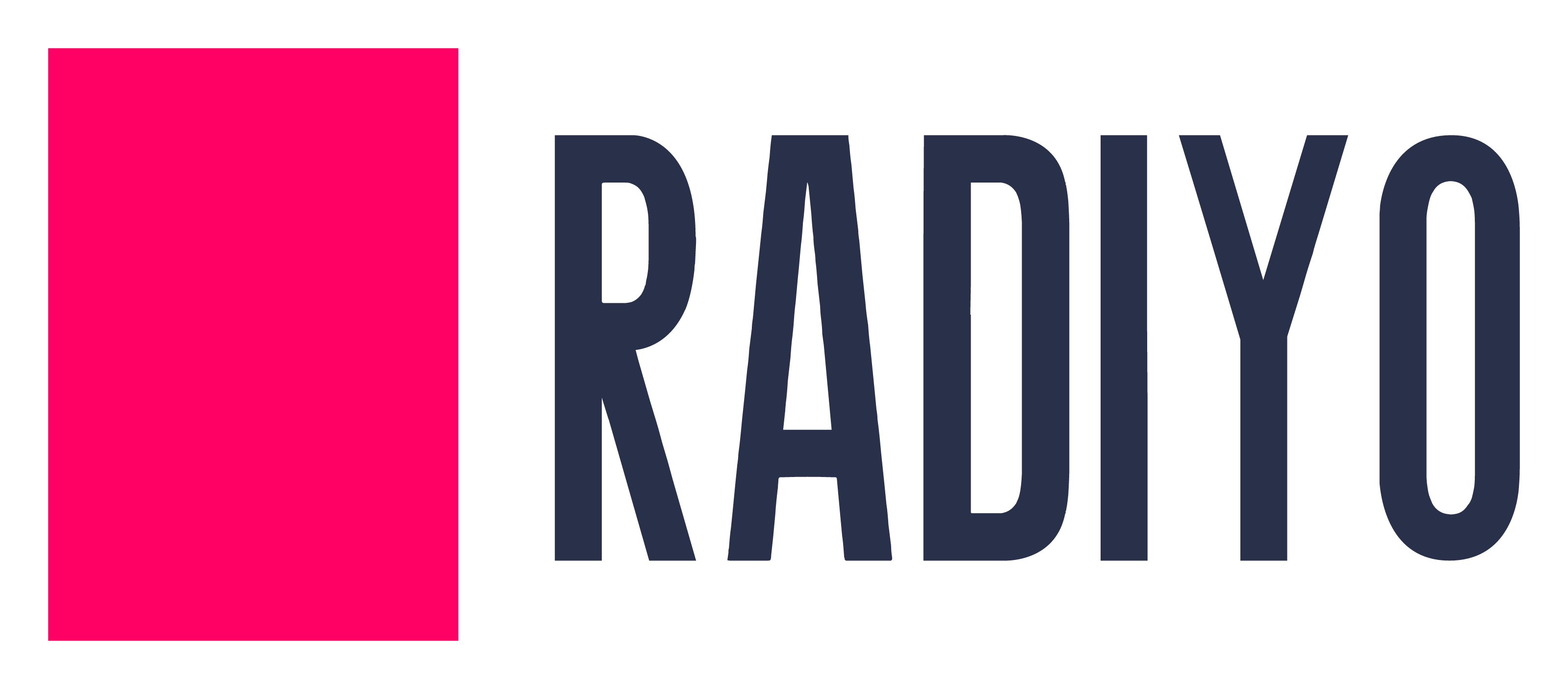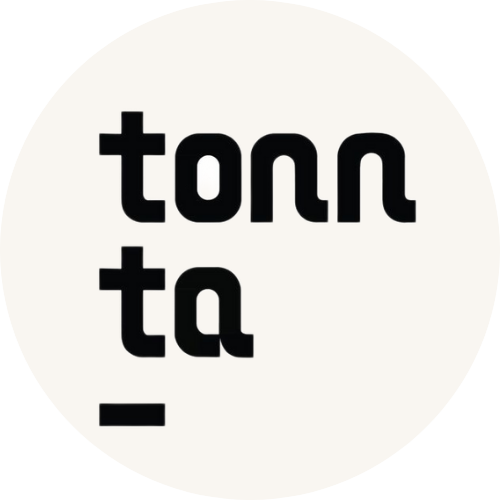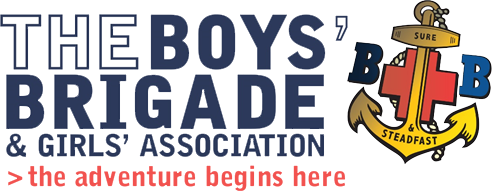Before your eyes glaze over here is a quick and dirty layman’s guide on the big picture of accounting. There are simple principles that every manager or person in business should be aware of. Boredom and fear are common emotions that people associate with accounting but it is simplicity itself.
Accounting is the ultimate zero sum game!
“The accounts” always consist of the P&L and Balance Sheet and both are required for a proper understanding of your business finances. Any accounting system operates a general ledger with accounts where the sum of the balances is always zero. It operates a double entry system so that each transaction creates 2 equal but opposite entries which then balance each other out i.e. the sum of the P&L and BS is always zero.
Basics of accounting
Whenever you make a sale, incur an expense, pay wages or undertake any other business transaction you create two account entries. You either send information to the P&L or BS or both. This binary system makes accounting exceedingly logical and straightforward.
The mindmap below outlines the key things about your P&L and Balance Sheet.

Basically the P&L covers a period of time between two balance sheets e.g. the year ended December 2017 is described by the balance sheet at 31 Decembers 2016 and 2017
P&L meaning ‘how did we do?’
The P&L outlines the financial performance of the business. It describes the activities that the business undertook and how successful (profit /loss) they were in financial terms. Comparative information e.g. last year’s, budget, another organisation’s figures for instance, will make it more meaningful. The P&L answers questions about how much your sales have increased on last year or what’s the GP. What is your breakeven point and what profit will the taxman will take a chunk out off. You should understand key ratios from the P&L like GP, Net margin, Wages/Sales, Marketing/Sales or whatever is important for your business.
Balance sheet answers ‘what have we now?’
Balance sheet outlines the financial position of the business at a given date. It describes the assets and liabilities and boils down to the net worth or net assets. Also more meaningful if used with comparative information to provide context. The Balance sheet answers questions about how much cash is in the bank and what do you owe the taxman. What you’re owed from your debtors and how long they take to pay you. What is the net worth of the business and much more besides. Key ratios to understand are debtor days, stock turnover, creditor days, bank / cash ratios, debt / equity and others depending on the organisation.
So that’s a quick lesson on the basics of accounting. I will follow up with articles to show you how you can practically use some of the information on these two documents to improve your business, manage cash-flow and benchmark against your competitors.
(Edited (slightly) and republished from this post from 2010. Also available 2. P&L and 3. BS from 2010)





































































































